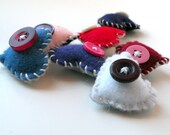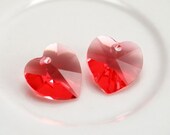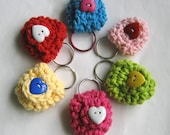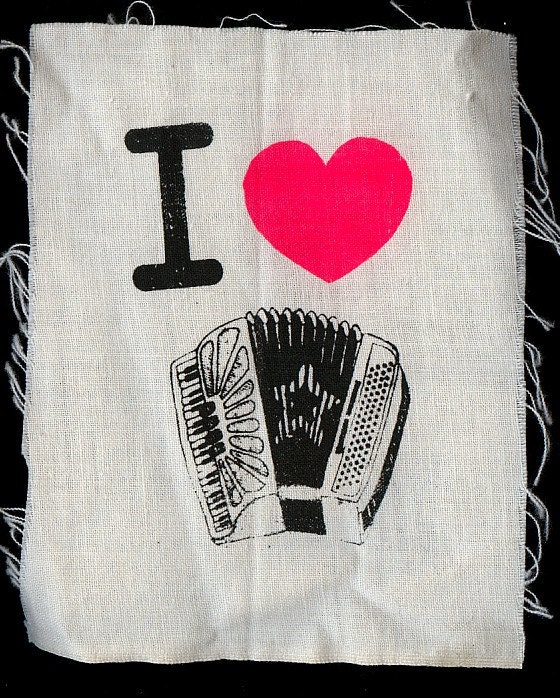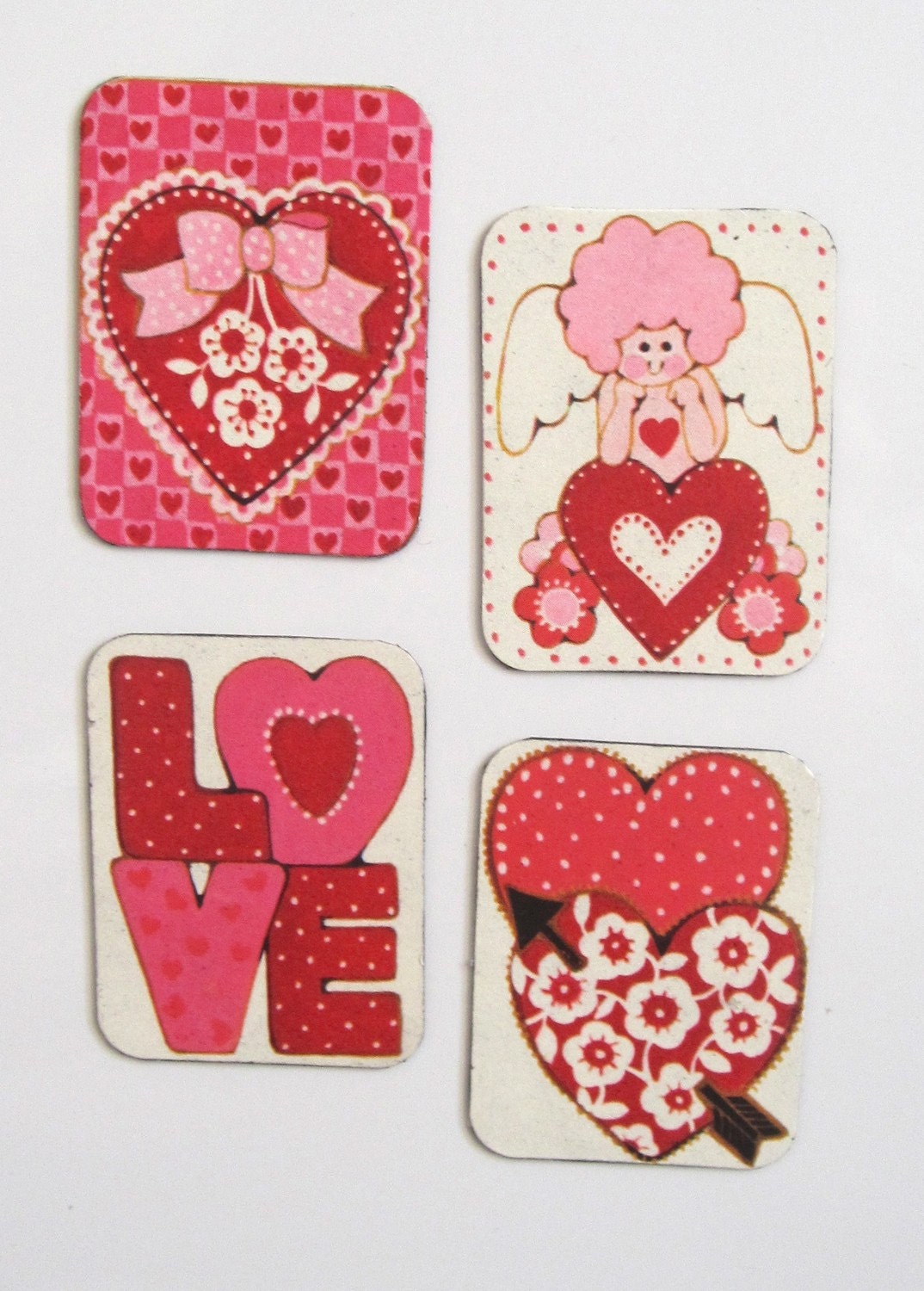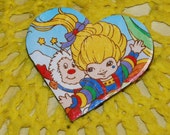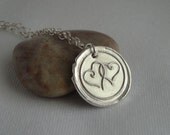
It's cold out there! And it will be for at least another 2 months here in Winnipeg, Manitoba, Canada. So I might as well be warm and fashionable, and use up some of my upcycling pile while I'm at it.
These cozy fabric earmuffs are fun and fashionable! And they don't have any of those awful plastic pieces that bite into my head and pull out my hair when I try to take them off.
Wanna make a pair for yourself or perhaps gift a pair to a loved one?
Fit:
Adult size medium. They fit me and they stretch to fit a bigger head with bigger brains too!
Time Needed:
About a half hour.
Skill Needed:
A little tricky with the elastic and sewing the earpieces to the headband. I'd say about medium skill.
Supplies Needed:
- About 0.25 metre of fabric (I recommend fleece for cozy comfort - an old sweater also works wonderfully)
- Scrap of Quilt Batting
- 4 inches of elastic (I use scraps that I pull from various "to be upcycled" clothing)
- matching thread
- 2 safety pins
- free downloadable pattern -
located here
Step One:
Download the
pattern PDF and print. I apologize for the lightness of the ink. I couldn't find my marker and then I had a whole thing about getting my scanner to work with my new OS. Bleh. If I get in the mood to figure out how to darken it (or find my marker) I'll fix it.
Cut out 1 headband piece (on fold) from chosen fabric
Cut out 4 Ear Pieces from chosen fabric (you can use fleece for inside and decorative fabric on outside if you wish)
Cut out 2 earpieces from quilt batting
Cut out 1 (on fold) of bottom band from chosen fabric
Use the bottom band piece to measure how much elastic you need - this time, don't cut on fold. It should be close to 4 inches.
 Step Two
Step Two:
Fold both the headband piece and the bottom band piece in half lengthwise. Sew along the long edge. Use a safety pin (or your own desired method) to turn both pieces right side out. If you'd like a puffier look to your top headband piece, you can use a piece of quilt batting on the inside as well.
 Step Three
Step Three:
Layer the headband piece, the earpieces and the quilt batting in this order.
One earpiece (right side up) - this would be the piece you intend to be on the inside (touching your ear)
The headband piece with the seam in the middle facing down
One outside earpiece (right side down)
One piece of quilt batting
Repeat for the other side of the headband.
You'll get something similar to the picture below. Make sure everything lines up and that the earpieces are all placed together with the headband piece as shown.

Here's another picture from a different angle to give you a better idea of what you'll have when you pin it together
 Step Four
Step Four:
Starting close to where the headband piece and the earpieces match up (along the bottom of the earpieces) sew carefully around the earpieces, making sure to leave a hole where the headband piece is.

(Don't you just love my quick GIMP work? Hehe, not so good with the paintbrush tool, but you get the idea)
Turn the earpieces right side out using the hole you left in your stitching.
 Step Five
Step Five:
Carefully pin the elastic to one end of the bottom band with a safety pin. With another safety pin inserted at the other end of the elastic, carefully thread the elastic through the bottom band. The bottom band will be longer than the elastic, so be careful not to lose that elastic in there!
Without losing the end of the elastic, pin the bottom band to the bottom of the earpiece (where you left the sewing hole in the above step). Do the same with the other end onto the other other earpiece.
Stitch the hole closed making sure to capture the end of the elastic and the bottom band within the stitching. Do the same for the other ear.

Ta Da! If you can get through all that weird and funky sewing, you will have a cool pair of earmuffs!

And of course, if you don't want to try out all that weird and funky sewing, you can purchase a pair at Tawny Bee. The above purple fleece pair is
available here.

I also have a sweet red checkered pair, with red fleece inner ears -
available here.

You can also cut out a silly sweater, making sure to get something cool on the ears. This Bear Bottoms one is a little cheeky and super soft and warm -
available here.

Corduroy also works as a great outer fabric with a soft velour on the inside of the ears. This pair is
available here.
And because I believe is sharing, you can use my pattern in whatever way you see fit. You can make a pair for yourself, a friend, a gift, or make them to sell - of course I won't complain if you'd like to put "Tawny Bee Pattern" on the description of the earmuffs you sell ;) Whatever you like! Enjoy!
____
This tutorial was originally featured on my blog The LT Experience on January 13th, 2011

















